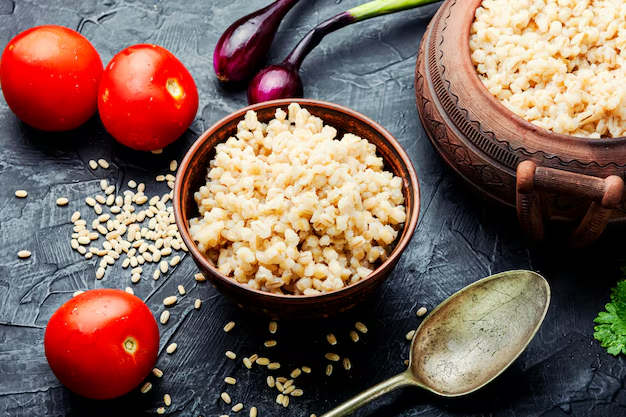Can Diabetics Safely Include Brown Rice in Their Diet? Here’s What You Need to Know
For those living with diabetes, managing blood sugar levels is a daily balancing act that involves careful monitoring of carbohydrate intake. One common query that arises is whether diabetics can safely consume brown rice—a staple food known for its whole-grain benefits. Let’s dive deep into this question to provide a clear answer.
Understanding Brown Rice and Its Benefits
Brown rice is the unrefined version of white rice, preserving the bran and germ. This means it retains more fiber, vitamins, and minerals—benefits that are stripped away during the processing of white rice. Fiber is particularly important for diabetics as it can help regulate blood sugar levels, improve digestion, and enhance heart health. With its nutty flavor and chewy texture, brown rice is not only delicious but also a nutritious addition to most diets.
Glycemic Index and Brown Rice
A key factor to consider for diabetics is the Glycemic Index (GI)—a measure of how quickly foods raise blood glucose levels. Brown rice has a moderate GI, generally ranging between 50 to 55, compared to white rice which can have a GI as high as 70. This means that brown rice causes a slower spike in blood sugar compared to its white counterpart, making it a better choice for those managing diabetes.
Portion Control is Key
While brown rice offers health benefits, portion control remains crucial. Even foods with a low to moderate GI can lead to increased blood sugar levels if consumed in large amounts. A typical serving of brown rice is about 1/2 cup cooked, which contains approximately 22-25 grams of carbohydrates. Pairing brown rice with proteins and non-starchy vegetables can further help stabilize blood sugar levels.
Integrating Brown Rice into a Diabetes-Friendly Meal Plan
To make the best use of brown rice in your diet:
- Balance Meals: Include lean proteins like chicken, fish, or tofu.
- Add Vegetables: Incorporate fiber-rich vegetables such as broccoli or spinach.
- Monitor Blood Sugar: Check glucose levels more frequently when introducing new foods.
Exploring Financial Assistance and Educational Resources
Managing diabetes can be financially taxing due to the costs of medications, healthcare visits, and specialized diet plans. Exploring government aid and financial assistance can alleviate some of these burdens. Below are resources and programs available for those needing financial support and educational opportunities:
- Medicare and Medicaid: Both offer coverage options for diabetes management, including supplies and medication.
- Supplemental Nutrition Assistance Program (SNAP): Provides benefits to help purchase nutritious foods, potentially including diabetes-friendly options.
- Diabetes Self-Management Education and Support (DSMES): Offers guidance on meal planning and glucose monitoring, often covered by insurance.
- Patient Assistance Programs: Many pharmaceutical companies offer resources that reduce the cost of diabetes medications.
Quick Reference for Financial Aid and Resources
- 🏥 Medicare/Medicaid: Coverage for diabetes supplies and education.
- 🍎 SNAP: Assistance for purchasing diabetes-friendly foods.
- 📚 DSMES: Supportive education programs.
- 💊 Patient Assistance Programs: Discounted or free medications.
By understanding how to manage your diet and exploring helpful financial resources, living with diabetes can become a more balanced and manageable journey. Including brown rice in moderation, along with seeking out financial assistance, can empower you to take charge of your health without breaking the bank.
